Author John Pritchard and his character Junior Ray talk ebooks
Wednesday, September 28th, 2011 by Brian Seidman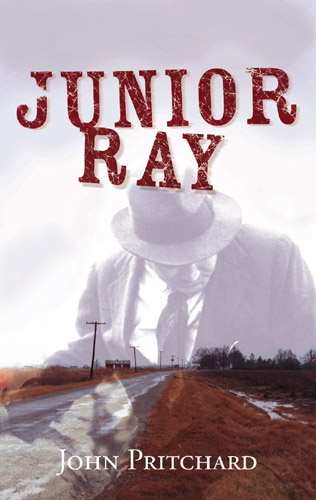 With the news that John Pritchard’s novels Junior Ray and The Yazoo Blues were now available as ebooks, Pritchard hurried to tell his eponymous character, Junior Ray Loveblood. The results were as unpredictable as Junior Ray himself …
With the news that John Pritchard’s novels Junior Ray and The Yazoo Blues were now available as ebooks, Pritchard hurried to tell his eponymous character, Junior Ray Loveblood. The results were as unpredictable as Junior Ray himself …
Shortly after I found out about the forthcoming “e”-editions of Junior Ray’s books, I sent word to him that I wanted to have a chat, and when I caught up with him I began innocuously enough by asking, “How are you, Junior Ray?”
To which he replied: “That’s personal, Pritchard. But I’m fine. What did you want to talk to me about? Am I in some kinda trouble?”
“No,” I said, “you are not in trouble. I just thought you’d be delighted to learn that both of your books will soon be on Kindle . . . and I wanted to hear what you thought of it.”
“Kindle?” He asked.
“That’s right,” I said. “Kindle.”
“Both books?
“Yes.”
“On Kindle?”
“Correct,” I said.
“Da-um!” he said. “They gon’ set em on fire?!!”
Before I could respond, he took off like Miss Ruth McGrew, back in 1952, when she found a three-foot water moccasin coiled up in her mother’s yellow Buttercup-Spode serving platter in the kitchen cabinet above the sink: “I knew it!” he shouted. “Bygod I knew it! I knew sure as shootn that sooner or later them Baptists — and all the rest of them Bible-Bangers was gon’ get around to burnin up my books!”
At this point Junior Ray was at ramming speed. “In fact,” he went on, “I had a datgum dream the other night. Yassuh. I dreamt I was out in front of the Baptist church, and almost everybody in the town, not just them Baptists but the whole Jesus-jumpin crew — Methodists, Presbyterians, one or two of them Piscobuls and about half-a-Cath’lic, plus a whole truck-load of Holy Rollers — all of em, was just a’minglin and a’dinglin, boppin and a’hoppin around a’ e-normous barn-fire [sic], havin theysevs a big ol’ churchy time chunkin Junior Ray and The Yazoo Blues into the roarin flames. But . . . I heard a voice that spoke to me in both my ears, and the voice said: ‘Don’t worry, Sumbich; it’s just the special charcoal edition.'”
Though Junior Ray might be considered strong, he is most certainly not the silent type, thus it came as no surprise that he continued to continue — “The voice,” he said, “made me feel better, but I wuddn just watchin. I was standin on the sidelines handin out free copies of my books for all the hymn-hummers to th’ow in fire. I guess I figured that was the only way any of em would voluntarily request a copy. Plus, for all I knew, some good might come of it. As you know, my philosophy is that movin around and doin sumpm, even if it don’t make no sense, is better than setn down and not doin nothin even if that does makes sense — like if you was huntn turkeys. But stayin-still makes me feel like I got cooties, and that’s why I do all my turkey huntn at the Kroger store. Anyway, unless I’m watchin Law & Order, I got to be movin.”
A pause emerged. Angels passed, and I was able to explain to our Mr. Loveblood that “Kindle” — a Kindle — was one of several electronic devices through which people all over the world would be able to receive his message and that it didn’t have anything to do, except perhaps metaphorically, with starting a fire. Also I told him that I should have said his work would be coming out on e-books, which meant electronic books, and I apologized to him for my having used the word “Kindle” as a generic term and getting him all upset.
He told me he felt much better knowing that a Kindle didn’t have anything to do with kindling, “Cause,” he said, “suddenly I thought all the good I had done was gon’ go up in smoke and I wouldn have nothin to say for my life but ashes!”
Visibly relieved by the truth, Junior Ray declared he thinks making his books “electrical” is a good idea and that he’d bet the “EN-tire hist’ry of the whole f-n world woulda been a lot different if old Jehovah, hissef, hadda put the Ten Commandments on a’ e-book.”
And in the spirit of his well-known propensity for inconsistency with regard to religion, Junior Ray tossed a weenie to the notion that the early distribution of Western theology might also have been more efficiently accomplished “if all them old Apostles’ud had some Kindles to help em spread the Word without havin to hike out through the desert in sandals and ride around on jackasses.”
“However,” he said, “They was Democrats.” Ever the master of the bon mot, Mr. Loveblood’s perceptive wires were hot.
“I guess,” he continued, “when it comes to electricity, Benjamin Franklin never ‘magined sumpm electrical like me would come from flyin a kite in a rainstorm. But that’s how things always is. They start out one way and, on down the road, they wind up unimaginable. Anyhow, just like old Ben, all you need is a spark and a door-key. Plus, they shoulda put him on a bigger bill.”
In the end, Junior Ray’s conclusion was predictably unpredictable: “I am not surprised,” he said, “that it takes a whole lot more’n a buncha paper to handle all the important stuff I want to tell people about the (!@#$%^&*) Miss’ssippi Delta. And now that I know my books is gon’ be electrified and out there everywhere, just a’sparklin in the air, any place and no place all at the same time — from us right here clear to China! — it makes me realize, as a historian, as a philosopher, and as a law-enforcement professional . . . that my mission to give readers the real picture of the Yazoo Basin, also known as THE Miss’ssippi Delta, will no longer be carried out just with words on paper which you could wrap your pork chop in. Nossuh. Things is different — because now if you was to have my electrical books in one hand and that same pork chop in the other . . . you could cook it.”
Junior Ray and The Yazoo Blues are available in print and for all major ebook platforms from NewSouth Books, Amazon.com, or your favorite book or ebook retailer. Barnes and Noble named Junior Ray a 2005 Sensational Debut Novel, calling it “beautifully crafted … deserves shelf space beside the best southern literature.”

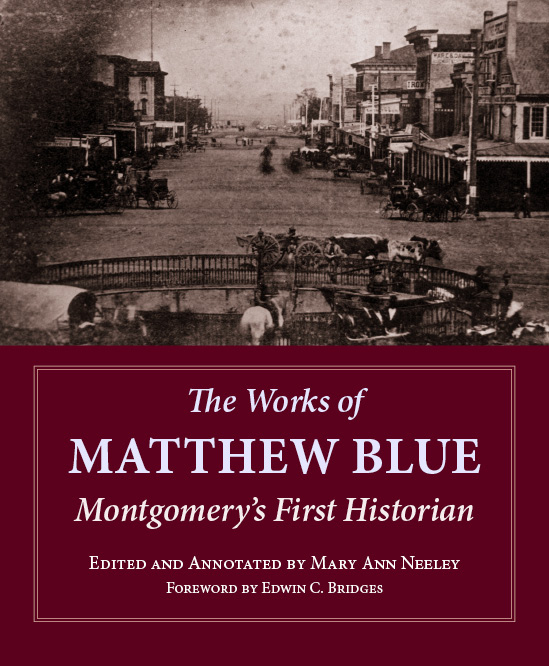
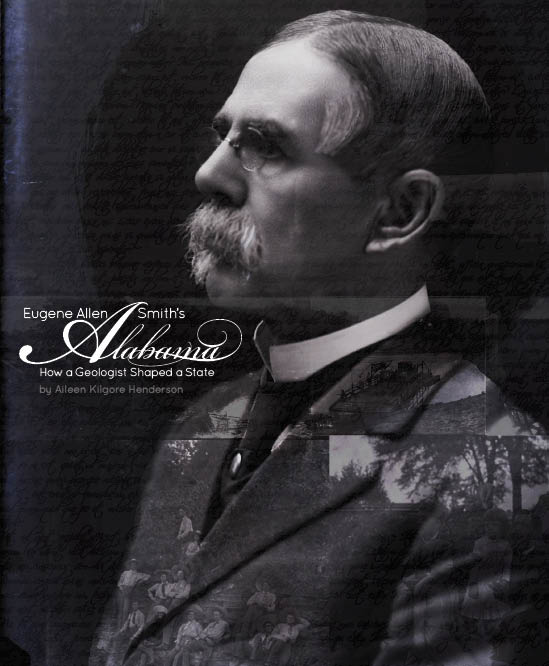 Aileen Kilgore Henderson will return to her alma mater, the University of Alabama, on September 20 for a book-signing celebrating publication by NewSouth Books of
Aileen Kilgore Henderson will return to her alma mater, the University of Alabama, on September 20 for a book-signing celebrating publication by NewSouth Books of 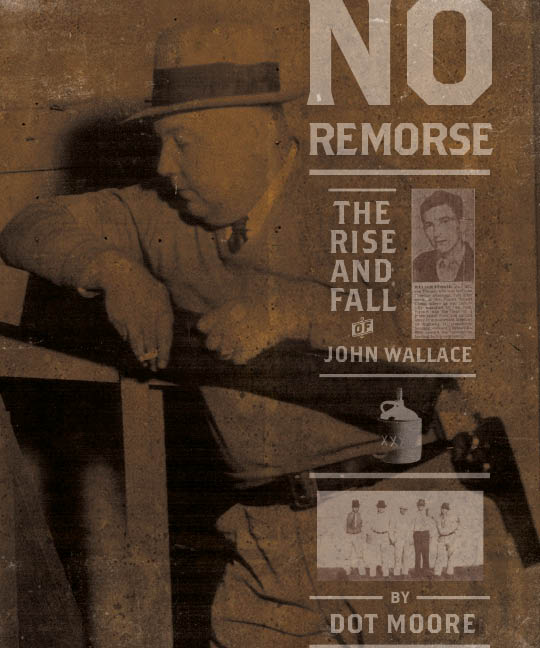 On August 31, Dot Moore spoke at the Coweta County Courthouse about her latest book
On August 31, Dot Moore spoke at the Coweta County Courthouse about her latest book 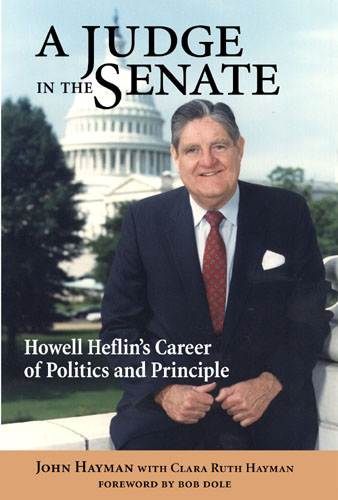 Former Alabama Supreme Court chief justice and US Senator Howell Thomas Heflin will be inducted into the
Former Alabama Supreme Court chief justice and US Senator Howell Thomas Heflin will be inducted into the 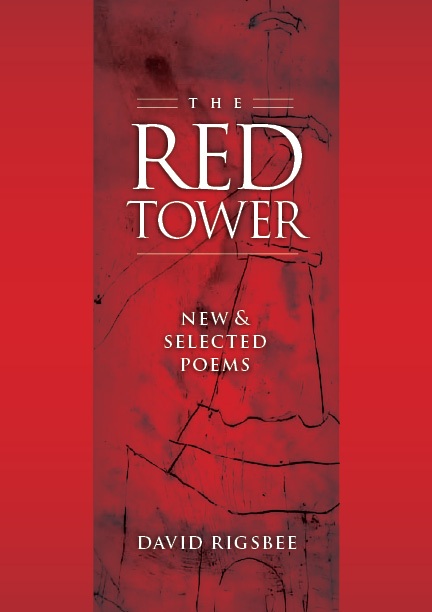 In 2011,
In 2011, 
